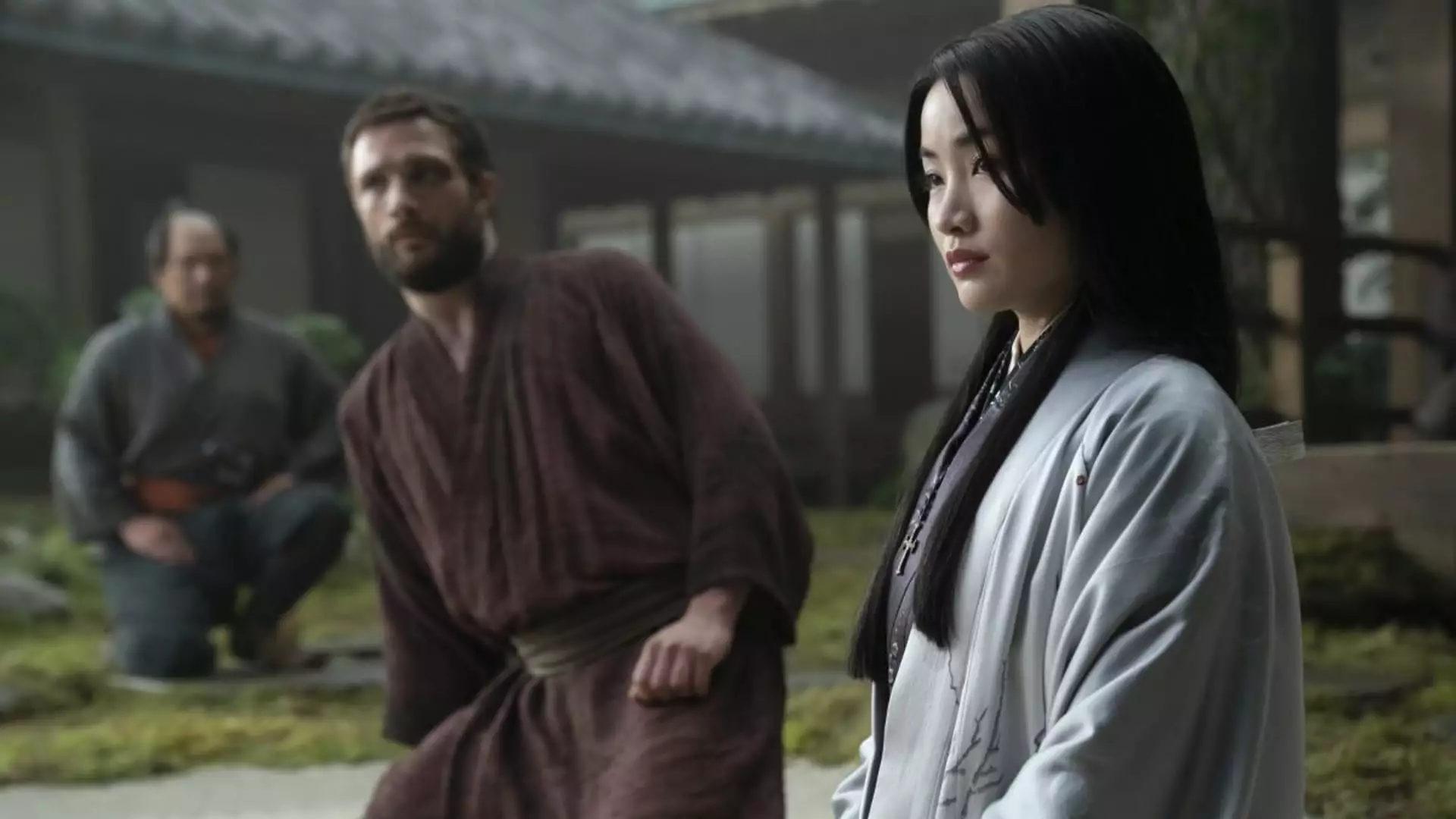In the realm of media and entertainment, few names are as iconic as Disney. However, even this colossal entity finds itself wrestling with strategic decisions about the future of its traditional television networks. Recent statements from Chief Financial Officer Hugh Johnston, made during a CNBC appearance, reveal that the prospect of separating Disney’s TV network operations is fraught with complications that outweigh potential benefits. Johnston underscored that the costs linked to such an endeavor likely surpass any financial gains, primarily due to the intricate nature of the operations involved.
This cautious stance is particularly pertinent against the backdrop of an industry grappling with a rapid decline in traditional television subscribers. Analysis from MoffettNathanson indicates that approximately four million customers abandoned traditional pay TV in just the first half of a recent year. As a result, traditional cable networks, which once served as lucrative revenue streams, are seeing diminishing returns. Disney reported a concerning 6% decrease in revenue from its TV networks, alongside a staggering 38% plunge in profits during its most recent quarterly report.
The broader media industry is undoubtedly in a period of transformation. Companies like Comcast are contemplating splitting their cable networks in light of similar operational challenges confronting Disney. Eric Kessler, a Comcast executive, recently noted the exploration of such measures was still in its infancy, leaving the industry in a state of speculation about what the future holds for traditional cable television.
The convergence of traditional television and digital streaming has reshaped consumer behavior, compelling audiences to pivot away from cable subscriptions in favor of more flexible, on-demand streaming options. The declining audience numbers raise pertinent questions about the viability of traditional TV networks as standalone entities. As it stands, many industry leaders, including Lachlan Murdoch of Fox Corp, voice skepticism about the practicality of divesting from cable operations. Murdoch commented on the inherent challenges associated with breaking apart cable networks, emphasizing concerns related to revenue synergies and promotional strategies that could be negatively impacted by such a decision.
Adding another layer to this complex narrative is Bob Iger, Disney’s CEO, whose tenure has been marked by both transformative acquisitions and controversy. In the previous year, Iger indicated an openness toward the idea of selling off certain TV assets. However, following a comprehensive evaluation of the company’s structure, Johnston and Iger seem to have arrived at the conclusion that preserving the existing portfolio is in the best interest of Disney, at least for the time being.
In a recent earnings call, Iger highlighted how content produced through traditional TV channels remains integral to Disney’s overarching strategy, particularly in nurturing the company’s streaming initiatives. The interdependence between cable networks and digital platforms is a crucial element that cannot be overlooked in today’s market. Disney’s past acquisition of 21st Century Fox’s assets exemplifies this dynamic, as it allowed the firm to bolster its content library and enhance distribution capabilities across various platforms.
The intersection of corporate strategy and shareholder expectations further complicates Disney’s decision-making process. Activist investors, such as Nelson Peltz, have voiced their criticisms regarding past strategic moves, particularly those surrounding the Fox acquisition. They argue that such bold decisions contributed to a perceived erosion of shareholder value, leaving the company open to scrutiny regarding its future direction.
Nevertheless, Johnston stands firm in endorsing the existing portfolio, claiming that the integration of traditional networks with streaming services provides a competitive edge that is paramount for the company’s success. As the narrative unfolds, it becomes evident that Disney’s management is navigating a tightrope between preserving legacy assets and embracing transformational digital strategies.
Disney’s explorations into the separation of its TV business reflect the ongoing complexities within the media landscape. As the traditional cable model faces unprecedented challenges, the prospects of separating these networks remain tenuous. The company appears committed to maintaining its expansive portfolio, at least for now, while recognizing the crucial interconnections between traditional television and emerging streaming platforms. The future trajectory of Disney’s television networks will undoubtedly be a crucial aspect of its evolving business strategy as the media industry continues to adapt to changing consumer behaviors and technological advancements.


Leave a Reply